The First and Second Industrial revolutions pulled people into factories. The rise of mass production dramatically lowered the cost of goods, which in turn spurred demand. In some cases new markets were created. Many of these goods offered people time savings. The combination of being able to access cheaper and cheaper products that also afforded people significant time savings gave rise to an incredible period of production expansion.
The sewing machine entered households in the 1850’s and delivered a tenfold saving in mending time which dropped from days a week to hours a week. Singer Manufacturing Corporation’s Scottish factory added 7000 workers in its first 5 years. Sales of sewing machines grew exponentially over 2 decades to 2 million units by 1876.
The industrial application of the sewing machine in the clothing industry resulted in large factories employing thousands of workers to make clothes too. Making a shirt was reduced from 10-14 hours to 1 hour. Similarly, pants reduced from from 7 hours to 1 hour. Clothing factories were just one of the applications of mass production at the time. Mass production took workers from the fields into factories. Many companies struggled for years to keep up with their orders, such was the demand. The advent of the Corporation facilitated the required access to capital, large pools of labour and the means of distribution. And so companies grew in size, funded by investors and shareholders. They were focused on productivity to keep up with the rate of growth in demand. And so the capitalist era emerged from more agrarian, feudal ways of life. With each home advancement came more time saving, improved standards of living and more factory workers. Washing machines, fridges, dishwashers.
The rise of capitalism sought ever increasing ways to mass produce and innovate productivity. As time went on, the focus on productivity went from (1) keeping up with demand to (2) being a weapon against competition and as some companies markets began to decline (3) it was needed to stay economically viable.
Over the past couple of decades, Globalisation has increased access to cheaper labour and factories have relocated to be close to those labour sources. The steady rise of the Corporation has facilitated a shift to urban living and for the first time in 2007, more than 50% of the planet was living in cities.
The Third and Fourth Industrial Revolutions will be marked by an unwinding of some of the traditional aspects of the Corporation.
During their initial rise, Corporations needed
Access to capital, labour and distribution
Alignment of employees to targets, goals, measures and procedures
Advancement of productivity
With the third (electronic control, electronics) and fourth revolutions (on-line, apps, digital, AI, 3D print…) now in full swing they have afforded smaller organisations and start-ups improved access to capital (kickstarter, AngelList), labour (elance, fiverr), and distribution (on-line global marketplaces, ebay, etsy). This means more commercial ideas can reach the market faster and at an improved quality level. This has started a revolution of its own. It has heralded a need for the bigger end of town to require less alignment and productivity advancement and more exploration and creativity to combat the undermining of some traditional Enterprise Models.
The future corporation needs more depth and speed in change, creation and collaboration. Established organisations now need to tap all the latent talent in their companies. We have already seen some very large casualties with companies that haven’t been able to adapt. Singer Manufacturing Corporation isn’t a bad example having been taken over twice and been in bankruptcy. They are certainly not alone.
As 3D printers begin to enter more homes and factories just as sewing machines did; they highlight the way the fourth industrial revolution will work. They don’t enter homes as household labour saving devices, they do so as hobbies or more prophetically as prototype devices for new entrepreneurial businesses. Their industrial application will be truly transformational and will save labour. 3D printing will move work and workers out of the factory and back to the home and small business. More broadly, this era will not be characterised by workers moving into factories and corporations but rather the opposite. The world has become more efficient in its use of capacity, capital and labour and a natural outcome of this will be smaller workforces in traditional corporations. The next stage now for both market incumbents and people alike is to reinvent, renovate and reconfigure to mark out a future place.

Paul Broadfoot is a Business Model Innovation Specialist. He guides businesses in what to do NEXT to achieve sustainable growth in the face of market change. He has honed an approach to business growth improvement, developed from analysis of business disruption utilising a proprietary business model and revenue model assessment tool. After years in corporate life he grew tired of the lack of real conversations about business improvement. He instead started his own firm and sought to work with companies that were serious about the need to change. Paul works with a select group of clients that are determined to improve and for these he runs growth strategy programs. In addition to this, Paul speaks at conferences and events to get people thinking differently about future business for their roles and their organisations, inspiring them to act.
For when you need to know, what’s NEXT….


Comments are closed.